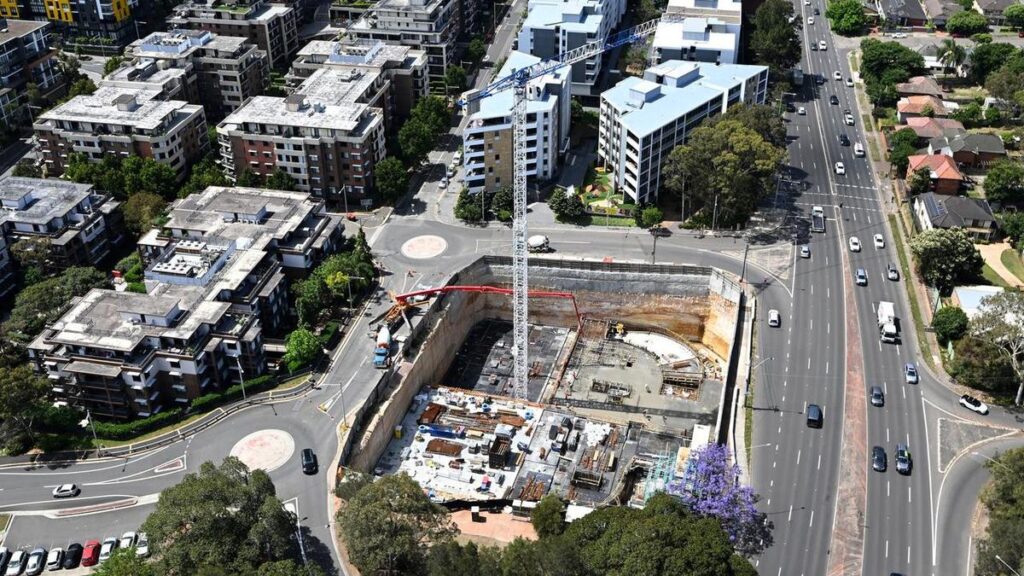
UPDATE: Australia’s housing crisis could see an immediate boost of 82,000 homes as developers are poised to start construction in urban growth areas, according to a report released by the National Growth Areas Alliance on October 4, 2023. However, these homes remain unbuilt due to a critical lack of essential infrastructure like sewers and roads.
The findings from the report, which includes input from 29 councils across outer Sydney, Melbourne, and Perth, highlight that despite representing only 5% of local government areas, these councils are on track to deliver more than 25% of Australia’s national housing target of 1.2 million new homes by 2029.
Alliance chief executive Bronwen Clark has urgently called on both state and federal governments to increase funding for infrastructure in greenfield developments. “The land is ready, council approvals are complete, and the developers are waiting,” she said. “But without basics like roads and sewers, the houses go unbuilt.”
The need for infrastructure funding is underscored by a report from the Urban Development Institute of Australia, revealing that one-third of dwellings in the housing pipeline require enabling infrastructure to commence development. Housing expert Peter Tulip, chief economist at the Centre for Independent Studies, stressed the simplicity and effectiveness of this solution. “It’s an obvious and easy way for the federal government to do something to boost supply,” he noted.
According to Dr. Tulip, the return on investment for infrastructure funding is staggering. While federal incentives for social and affordable housing yield one new dwelling per $300,000 to $500,000 spent, funding local infrastructure can achieve one new home per just $10,000 to $20,000 invested. “The private sector is eager to provide more housing,” he added, “but they are often held back by modest spending on enabling infrastructure.”
In light of these findings, Terresa Lynes, mayor of the City of Gosnells and chair of the alliance, expressed concern for residents affected by underfunded infrastructure. “We’re seeing entire estates without connected sewerage and insufficient water,” she said. “It’s concerning that in 2025, this is what governments expect people to accept.”
The urgency of addressing the housing supply crisis is further emphasized by alarming statistics from property analytics firm Cotality. Australia’s median dwelling price has surged to $872,500, making homes 8.2 times the median income. Additionally, AMP chief economist Shane Oliver estimates a housing shortfall of 200,000 to 300,000 homes due to increased immigration and lagging building approvals.
Oliver has recommended several measures to rectify the affordability crisis, including reducing immigration from over 300,000 to about 200,000 per year, relaxing zoning regulations, cutting red tape, and encouraging faster modular construction. His plan also suggests decentralizing to regional areas and pursuing tax reforms, specifically replacing stamp duty with land tax and reducing the capital gains tax discount.
As this situation unfolds, the call for immediate action on infrastructure funding grows louder. The potential to alleviate the housing crisis is within reach, but swift government intervention is essential to unlock these 82,000 homes and provide relief to communities in desperate need. Stay tuned for further updates on this critical issue.





